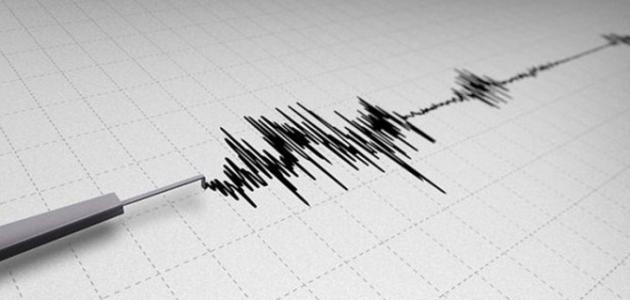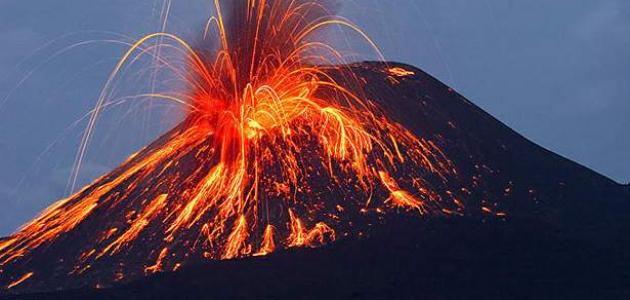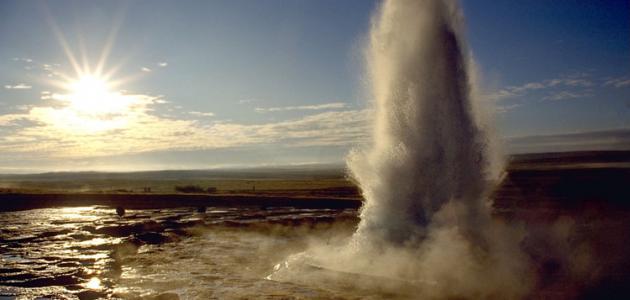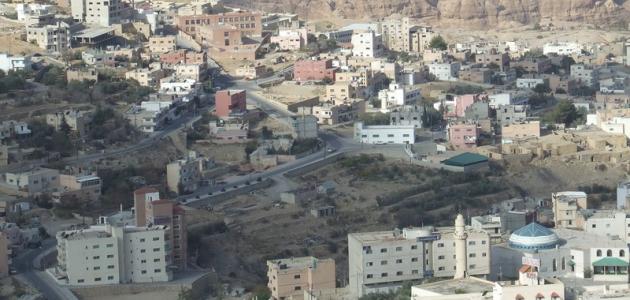earthquake strength
The strength of earthquakes can be measured in two main ways. The first method is by estimating the amount of energy released from the earthquake, which is a measure that expresses the magnitude of the earthquake (in English: Magnitude). There are many ways to measure the magnitude of an earthquake, including the Charles Richter method, which was developed in 1935 AD, and the Richter scale is the number that is usually used in press and television reports when announcing the strength of a major earthquake. As for the second method, it evaluates the strength of the earthquake through its effects, the amount of damage it causes, and the extent to which people feel it. This strength is measured by an amount that expresses the intensity of the earthquake (in English: Intensity). Measurement, and this difference depends on the proximity of the location to the epicenter, and the nature of the rocks and materials that make up the subsurface layer at that location.
earthquake magnitude
The magnitude of the earthquake measures the amplitude of the seismic waves emanating from the epicenter or epicenter of the earthquake, which are recorded by a seismograph. Several measurements have been identified for the size of an earthquake, but the most commonly used measurements are:
- The local size (in English: local magnitude), and it is symbolized by the symbol (ML), which is known as the Richter scale.
- Surface-wave magnitude, denoted by the symbol (Ms).
- The body-wave magnitude, denoted by the symbol (Mb).
- The amount of torque (in English: moment magnitude), and it is symbolized by the symbol (Mw).
Geologists use these measurements to determine the magnitude of the earthquake and compare it to other earthquakes. Small earthquakes with a magnitude of less than 5 rarely damage buildings. As for catastrophic earthquakes, they are those with a magnitude of 6 or more. The size of the largest earthquake recorded was in Chile in 1960 AD, which reached Its magnitude is 9.5.
Read also:What are the most famous waterfalls in the world?earthquake intensity
The intensity of seismic ground vibrations in a particular location depends on several factors. In addition to the magnitude of the earthquake and its distance from the site, there is a basic factor which is the geological nature of the area and the type of materials and rocks underlying the surface of the earth. The areas under which solid rocks lie are exposed to much less vibrations than the areas consisting of incoherent sediments of rivers and lakes. When measuring the intensity and impact of an earthquake, the size and type of buildings on the site, their natural frequency, and the efficiency of their vibration-controlled system are also taken into consideration.
Earthquake intensity measurements are important because they give a special description for each area of earthquake damage, allowing the identification of areas that are susceptible to strong vibrations. Earthquake intensity scales were used for the first time in the nineteenth century, and were then modified by the Italian seismologist Giuseppe Mercalli and others to reach What is now known as the modified Mercalli scale (MMI scale), and the modified Mikali scale to measure the intensity of an earthquake extends between twelve levels of seismic intensity, so that the intensity of an earthquake varies depending on the location’s distance from the epicenter. An earthquake whose occurrence is not felt is described as (I) At the intensity of the sixth degree earthquake (VI), slight damage may occur to the houses. As for earthquakes with an intensity above the ninth degree (IX), they result in very large damages. natural.
Read also:The difference between an eclipse and an eclipseThe difference between the intensity and magnitude of an earthquake
There are two basic differences between the intensity and magnitude of an earthquake. The first difference is that the magnitude of an earthquake is an objective measure that depends on tools and devices. As for the intensity of an earthquake, it is subjective. It is based on observations and descriptions of the earthquake’s effects by the residents of the region, and estimates by engineers and scientists of the damage to buildings from the earthquake. The second difference is It is that the magnitude of the earthquake has one value that does not differ according to the location, and the intensity of the earthquake varies from one location to another, so that the degree of seismic intensity decreases with increasing distance and distance from the epicenter.









